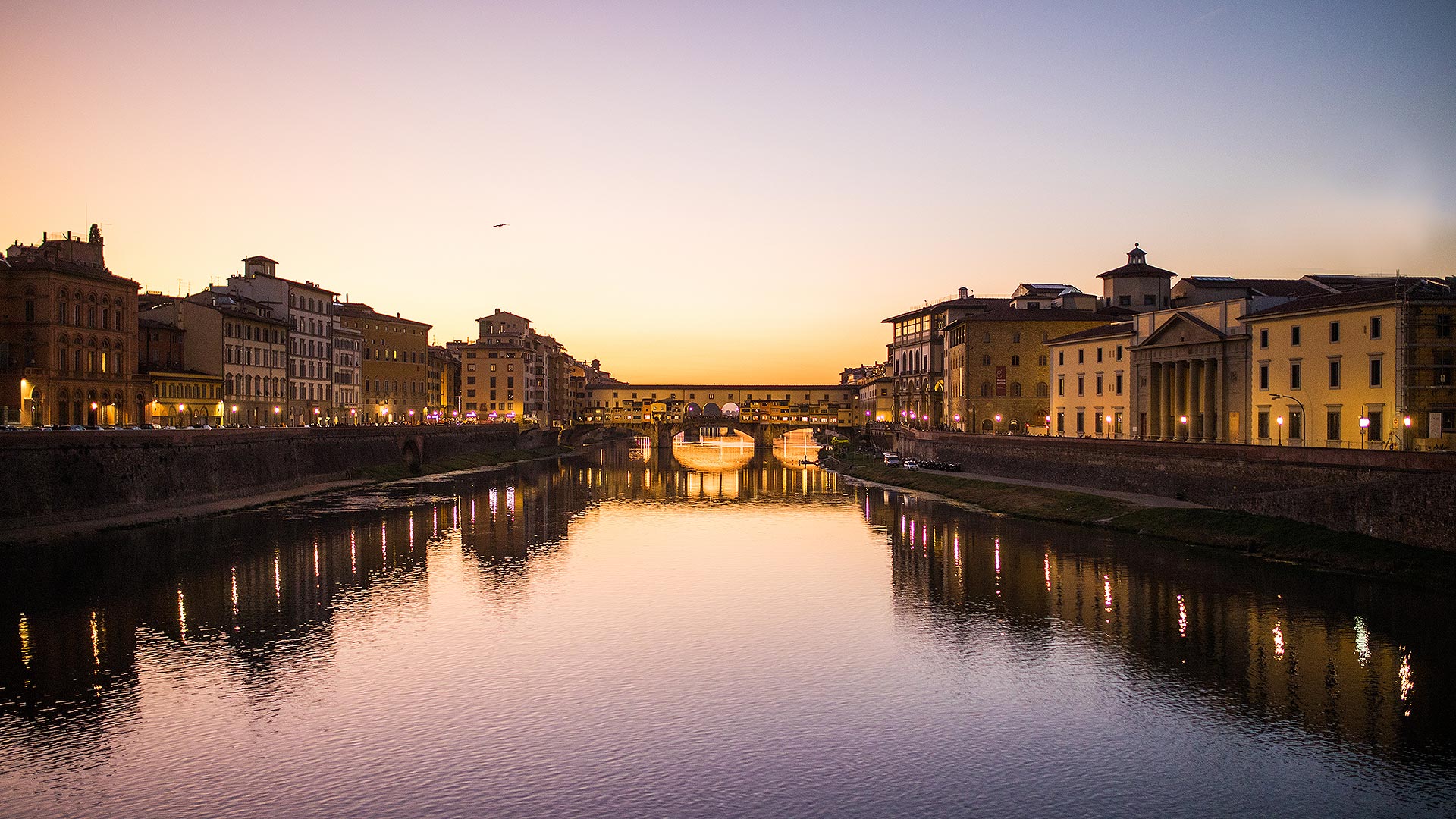Palazzo Lorenzo
What to see in Florence, the Palazzo Lorenzo itinerary
Palazzo Lorenzo is a hotel with a wealth of creative and cultural flair that perfectly complements Florence’s history. The birthplace of the Renaissance is filled with cultural landmarks to see and activities to enjoy. Visitors who stay in Florence for a few days can explore the various neighbourhoods and their artistic, architectural, and cultural highlights. Although their average stay is shorter, business travellers will still have the chance to see in Florence some nearby attractions. Below is the list of tourist attractions we have chosen for you.
Fortezza da Basso
The Fortezza da Basso, which now serves as a conference and convention centre, was constructed between 1534 and 1537 on a commission from Alessandro de Medici and was intended to house troops and serve as a refuge for the nobles in the event of a war. Built of brick and strong stone, the structure is now part of the Florence exhibition centre.
Cappella Brancacci
Anyone interested in Renaissance art should visit the Cappella Brancacci, which is located inside the Santa Maria del Carmine cathedral and is named for the family of the same name. Masaccio, Masolino da Panicale, and Filippino Lippi later created this work, which was restored in 1940. The historia salutis, or “history of man’s salvation,” is the subject of the murals that decorate the church’s interior.
Stefano Bardini Museum
The Bardini Museum displays part of the collection of its patron, Stefano Bardini. More than 3500 pieces can be found inside, including paintings, ceramics, and ornamental items. The signatures of Donatello and Tintoretto can be seen on various pieces. The first two rooms on the ground floor of the Bardini Museum specifically cover the history of the city, making it one of the ideal locations for anyone looking to fully immerse themselves in the history of Florence.
Torre San Niccolò
Located inside Piazza Poggi, the Torre di San Niccolò is 45 metres high and was built in 1345 as the only Florentine gate. You can see the Arno River flowing into Florence from the large windows that alternate with the masonry.
Salvatore Romano Foundation
The Augustinian complex of Santo Spirito houses the collection of the antiquarian Salvatore Romano. You can view works of plastic art and sculptures in the museum. Romanesque statues like this are some of the rarities found in Florence. Inside the museum, you can admire works by Donatello, Jacopo della Quercia and many other masters.
Fortezza Garden
The Fortezza Gardens are on the east side of the Fortezza da Basso. There you can admire an elliptical pond populated by royal swans and unique vegetation.
Piazza della Libertà and Arco di Trionfo
Piazza della Libertà, once Piazza Camillo Cavour, was built in the 19th century. The Arco di Trionfo (Arch of Triumph), constructed in 1738 to honour the Lorraine family following the fall of the de Medicis, is located in the Piazza. In 1865, the square underwent a significant transformation in an almost classical design.
Giardino dell’Orticoltura and Orti del Parnaso
The garden was started in 1859 by the Società Toscana di Orticultura and continued to grow each year until a tepidarium on a scale never before seen in all of Italy was built. After countless developments, the Società Toscana di Orticultura suffered a decline with the First World War, and the garden was purchased by the municipality, which restored it in the first half of the 20th century. One of the best sites to view the San Giovanni Fireworks on June 24 is the Orti del Parnaso (Parnassus Gardens), which can be accessed through the Giardino dell’Orticultura (Horticulture).
Giardino della Gherardesca
The Giardino della Gherardesca (Gherardesca Garden), which has 3488 plants, is the largest private garden in Florence’s historic centre.
Piazza San Marco
Piazza San Marco is named after Church that is located there. The statue of General Manfredo Fanti, which was created by the sculptor Papi in 1873, is one of the elements that stands out in the square. Cosimo de Medici hired Michelozzo to construct the plaza, planning for its construction to take place at the same time as the church, in the first half of the 15th century.
Museo di San Marco
The San Marco Museum is situated in the square of the same name. Designed by Michelozzo, it is home to the most extensive collection in the world of Beato Angelico artwork, one of the finest representatives of the early Renaissance. Besides the works of Angelico, the museum is also home to other works by Paolo Uccello, Ghirlandaio, and many others.
Galleria dell’Accademia
The Galleria dell’Accademia is one of the most famous museums in Florence, housing numerous sculptures by Michelangelo, including the David. It was founded in 1784 by Leopold II, Habsburg-Lorraine. In addition to the masterpieces by the celebrated Michelangelo, the museum houses an extensive collection of gold artworks and the Museum of Musical Instruments.
Piazza dell’Indipendenza
Piazza dell’Indipendenza (Independence Square) was established in honour of the day when Grand Duke Leopold II was deposed, April 27, 1859. All the buildings surrounding the square still feature traditional architecture from the 19th to the 20th centuries.
Giardino di Valfonda
The Giardino di Valfonda (Valfonda Garden) is part of the Palazzo di Valfonda, built around 1520 and commissioned by the Bartolini-Sambileni family. It currently hosts temporary outdoor exhibitions.




